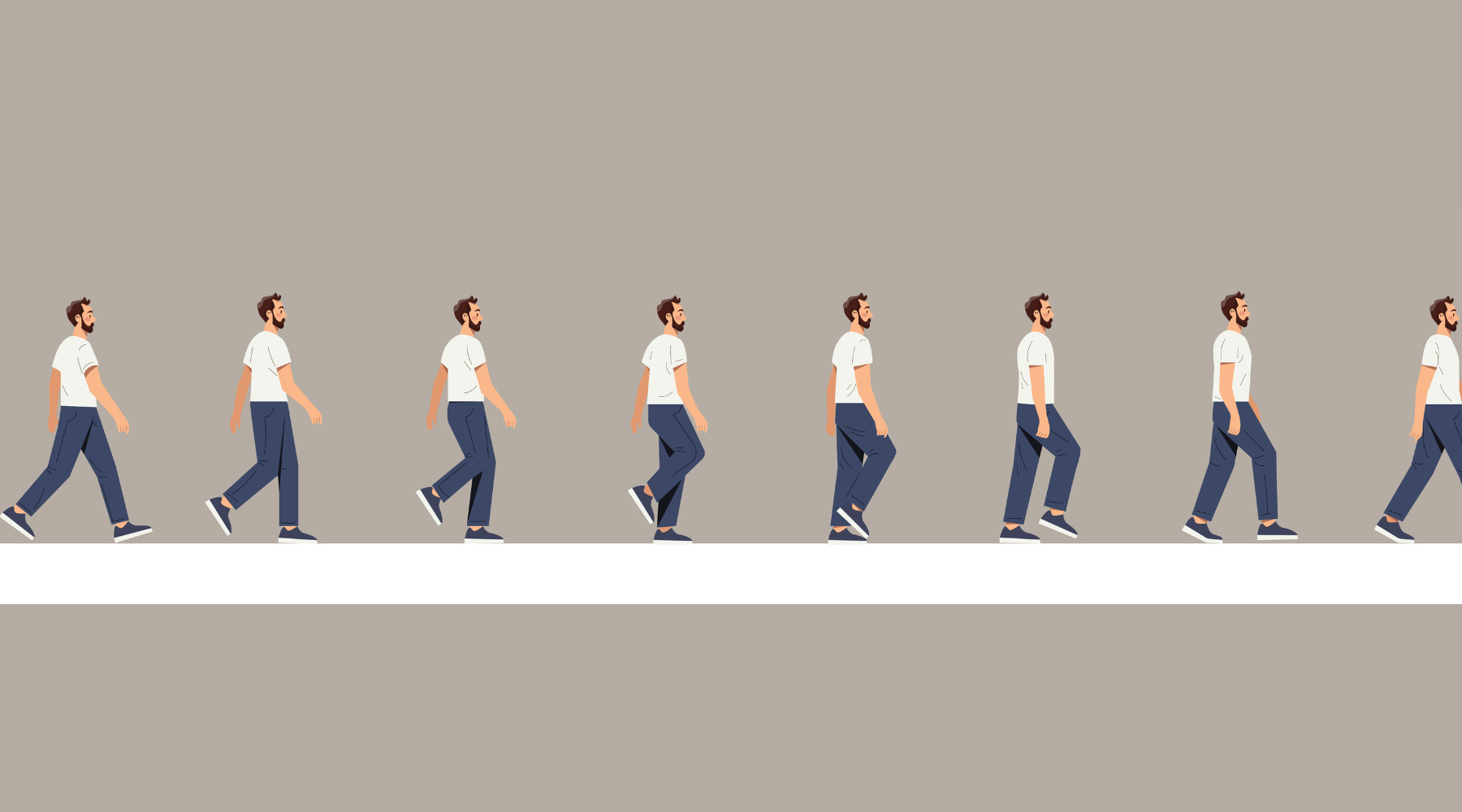Adam’s Journal
Please set me straight once and for all: Do I need to take 10,000 steps a day if I want to be my best self?
Dr. Scofield Prescribes
The 10,000 steps “rule” came out of a marketing ploy for the 1964 Tokyo Summer Olympics. A Japanese researcher decided to use the games to encourage people to become more active, and he did so by offering pedometers whose names loosely translated to “10,000-step meter.”
Since that time, numerous studies have looked at the optimal number of steps we should take each day for health and longevity. In one of the largest ones, published in 2022 in The Lancet Public Health, dozens of global researchers pooled data from 15 earlier step-count studies that involved a total of more than 45,000 people.
In general, the data showed that for people younger than 60, the greatest gains – measured as a decrease in mortality from all causes – came with step counts between 8,000 and 10,000 per day. And for people older than 60, that range dropped a bit, to between 6,000 and 8,000 steps a day.
The research found that going beyond these numbers didn’t hurt, but it also didn’t help much in reducing mortality.
That said, more movement is almost always better than less. So, if you’re sedentary, even a small increase in daily steps can make a big difference: Other studies have found that the cardiovascular benefits of putting one foot in front of another begin at as little as 2,300 steps a day, with the risk of dying from all causes beginning to fall around 4,000 steps.
Last month, a study in the Journal of the American Heart Association came up with a novel way to look at step count. Scientists took people’s average daily heart rates and divided them by their daily step counts.
That figure proved to be a better measure of cardiovascular health than either step count or average daily heart rate, which is another common measure of heart health and overall fitness. This is both interesting and not terribly surprising. You’d figure that folks with these low figures would have both low average heart rates and log lots of steps, while those with high numbers would be at the opposite end of the spectrum: high heart rates and not too many steps.
That may be too math-y for most. The larger lesson is that movement is good.
And one final happy note to those of us who like to take our time. In almost all of the recent studies of step counts and mortality, the intensity didn’t seem to make a big difference. Yes, moving faster can increase health benefits, but, hare or turtle, the big gains come just by putting one foot in front of the other.
–
Dr. Hal Scofield is a physician-scientist at the Oklahoma Medical Research Foundation, and he also serves as Associate Chief of Staff for Research at the Oklahoma City VA Medical Center. Adam Cohen is OMRF’s senior vice president and general counsel. Send your health questions to contact@omrf.org



